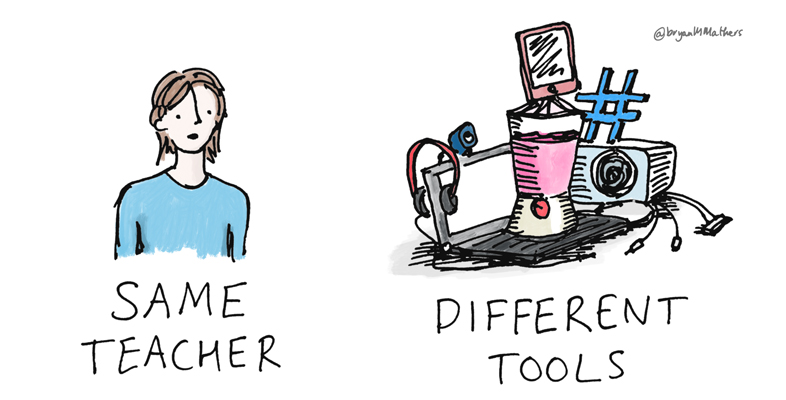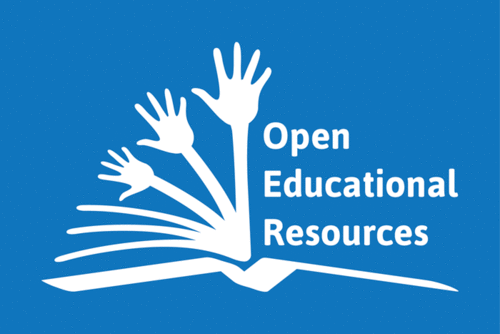1.1 What are OER?
OER can include: textbooks, course readings and other learning content; simulations, games and other learning applications; syllabi, quizzes and assessment tools; and virtually any other material that can be used for educational purposes. OER are usually electronic resources, including those in multimedia formats. They are generally released under a Creative Commons (or similar) licence that supports open use of the content. OER can originate from colleges and universities, libraries, archival organisations, government agencies, commercial organisations such as publishers, or faculty or other individuals who develop educational resources they are willing to share (Educause, 2010).
With some OER the focus is on sharing educational content with a licence rather than on how appropriate the materials are for reuse. This means some OER can easily be reused, while others could require editing to make them suitable for use in a specific context.
It is important to remember that just because a resource is part of OER this does not guarantee its quality. OER may not meet accessibility or interoperability requirements (Baker, 2008), and quality, accuracy and appropriateness to local context must always be checked. However, repositories and search engines can help with finding good OER for specific contexts and purposes.
While OER had been discussed previously, their profile was raised dramatically in 2002 with the launch of the OpenCourseWare initiative from Massachusetts Institute of Technology (MIT). This bold move saw MIT make the materials from its entire catalogue of courses freely available online (D’Oliveira et al., 2010). That same year, UNESCO first adopted the term ‘Open Educational Resources’, and the first set of Creative Commons licences was produced (you will learn more about Creative Commons later this week).
Activity 1 How are OER useful?
Watch this short video ‘OER Introduction II. [Tip: hold Ctrl and click a link to open it in a new tab. (Hide tip)] ’
Transcript
The video presents an argument for why OER are important. Make notes on what users have permission to do with OER.
Comment
OER have a great deal of value for educators and especially for those involved in teaching or supporting teaching online or in blended contexts. This activity is designed to illustrate why OER may be important to you as your institution moves teaching online.
One form of OER that has rapidly gained popularity in recent years is open textbooks. These can reduce the cost to learners of acquiring course texts and could increase access to education. Open textbooks are designed to offer free, high-quality texts, which can save learners money, be collaboratively produced and reviewed, and be customised to the needs of a particular class (Ozdemir and Hendricks, 2017). There is also the potential that open textbooks could increase student satisfaction (Pitt, 2015).

